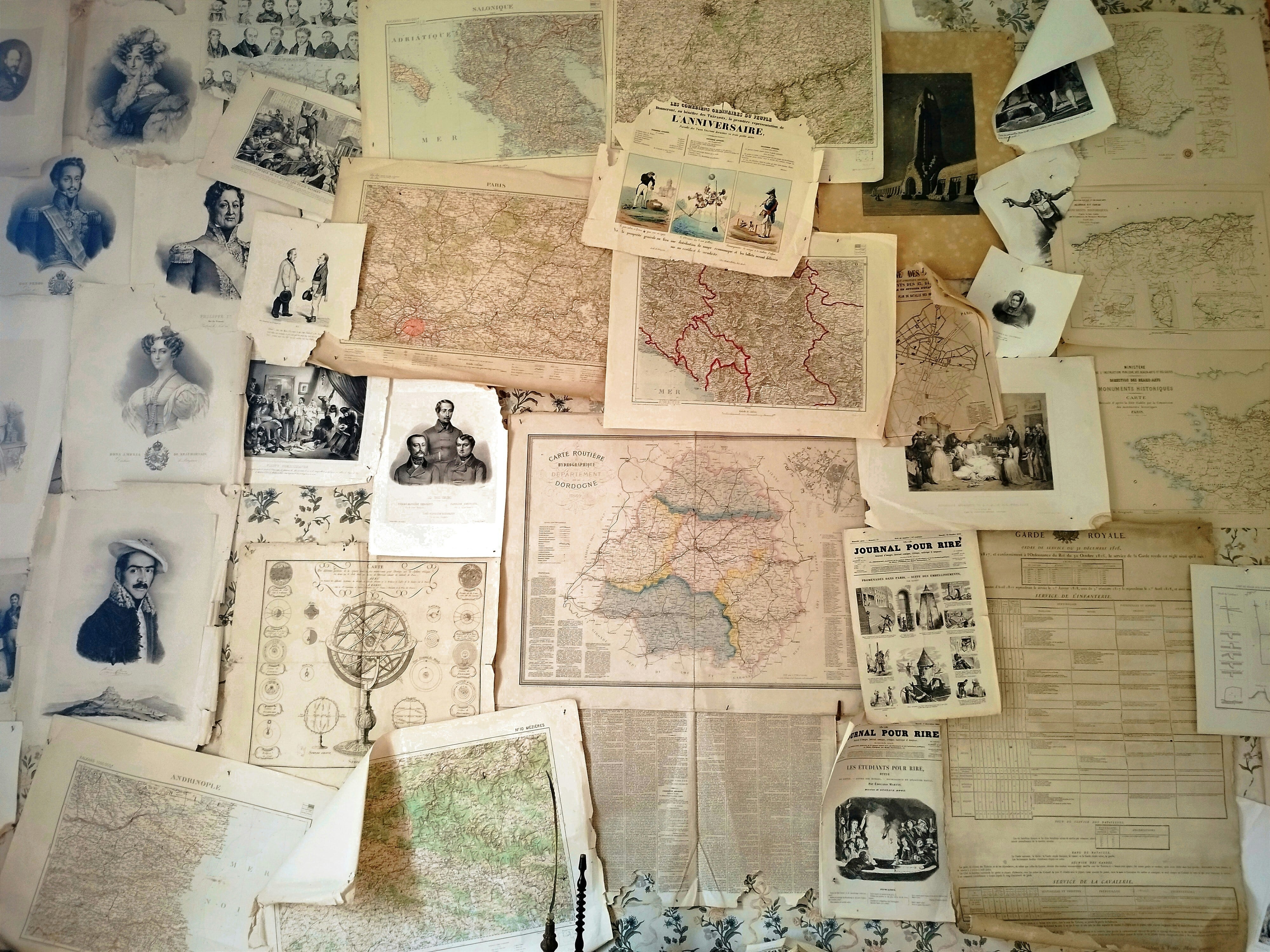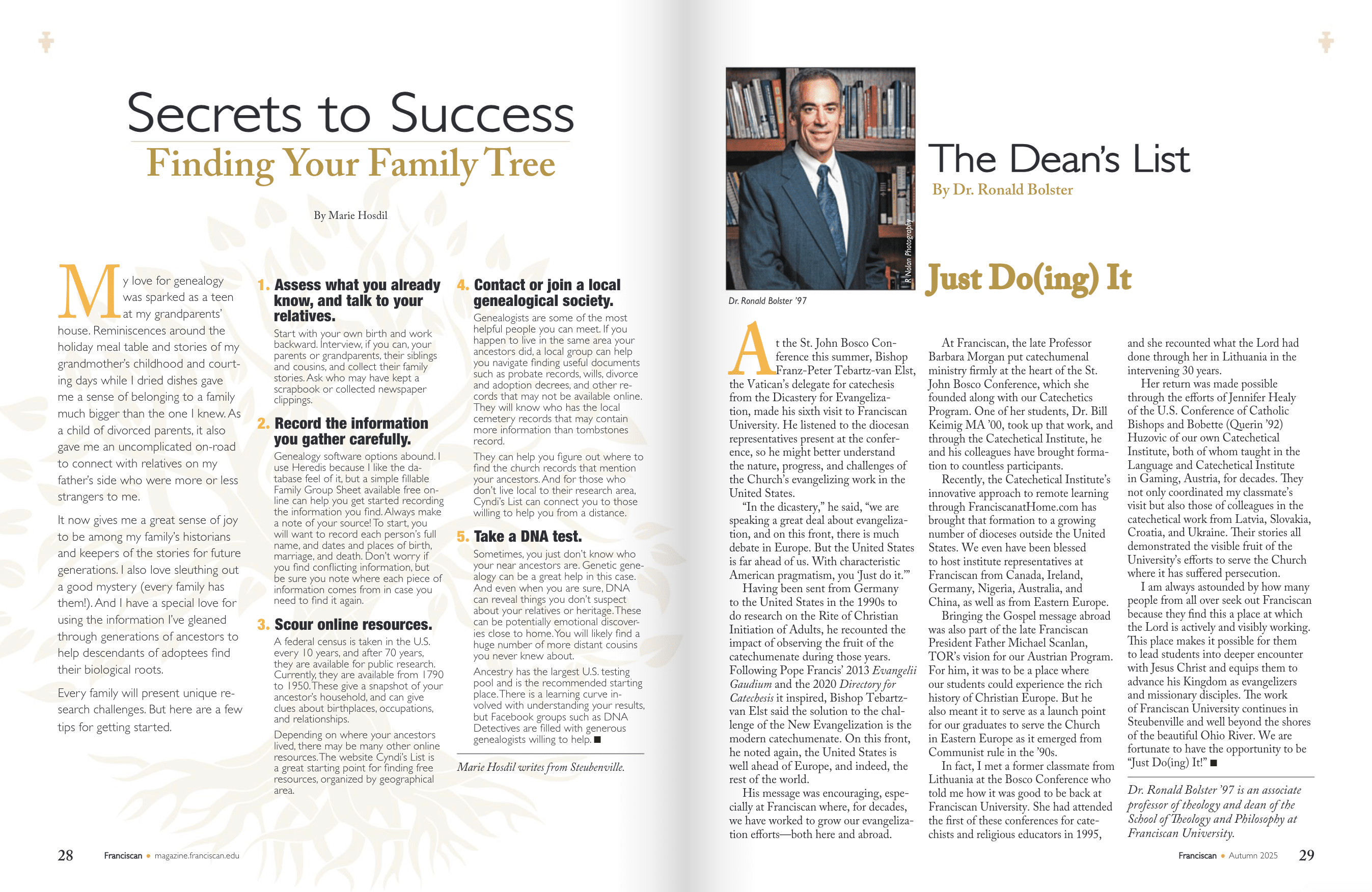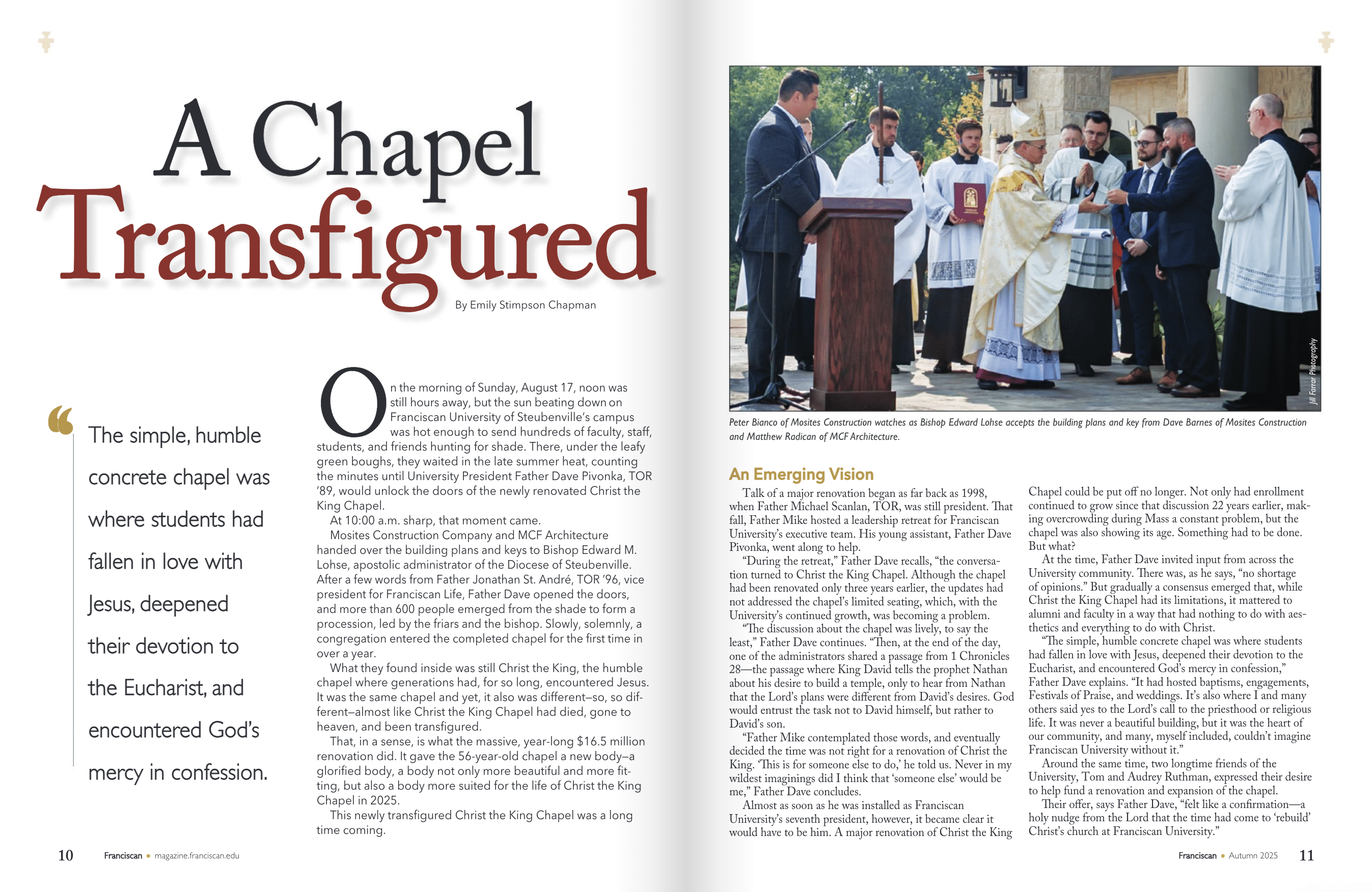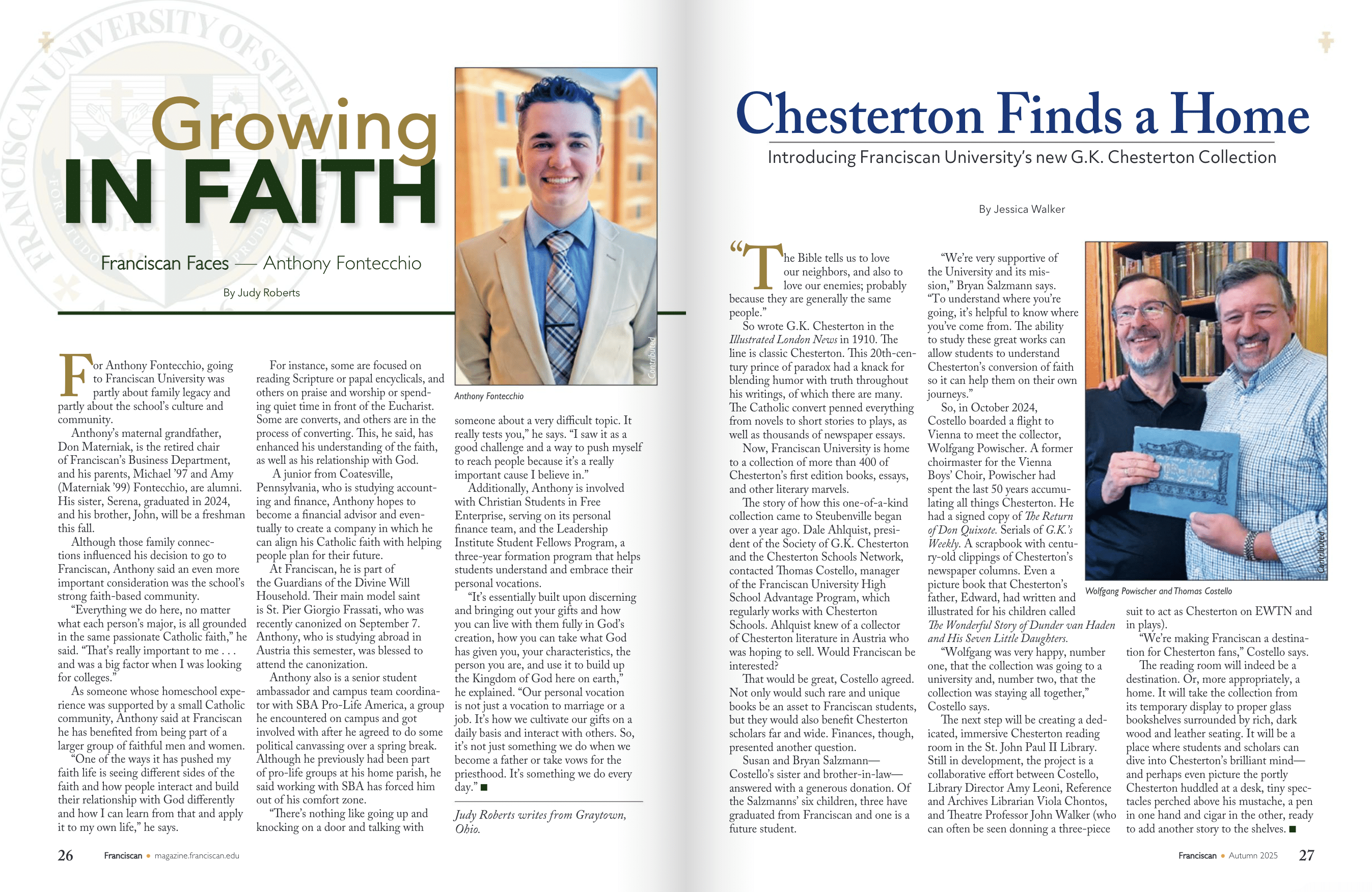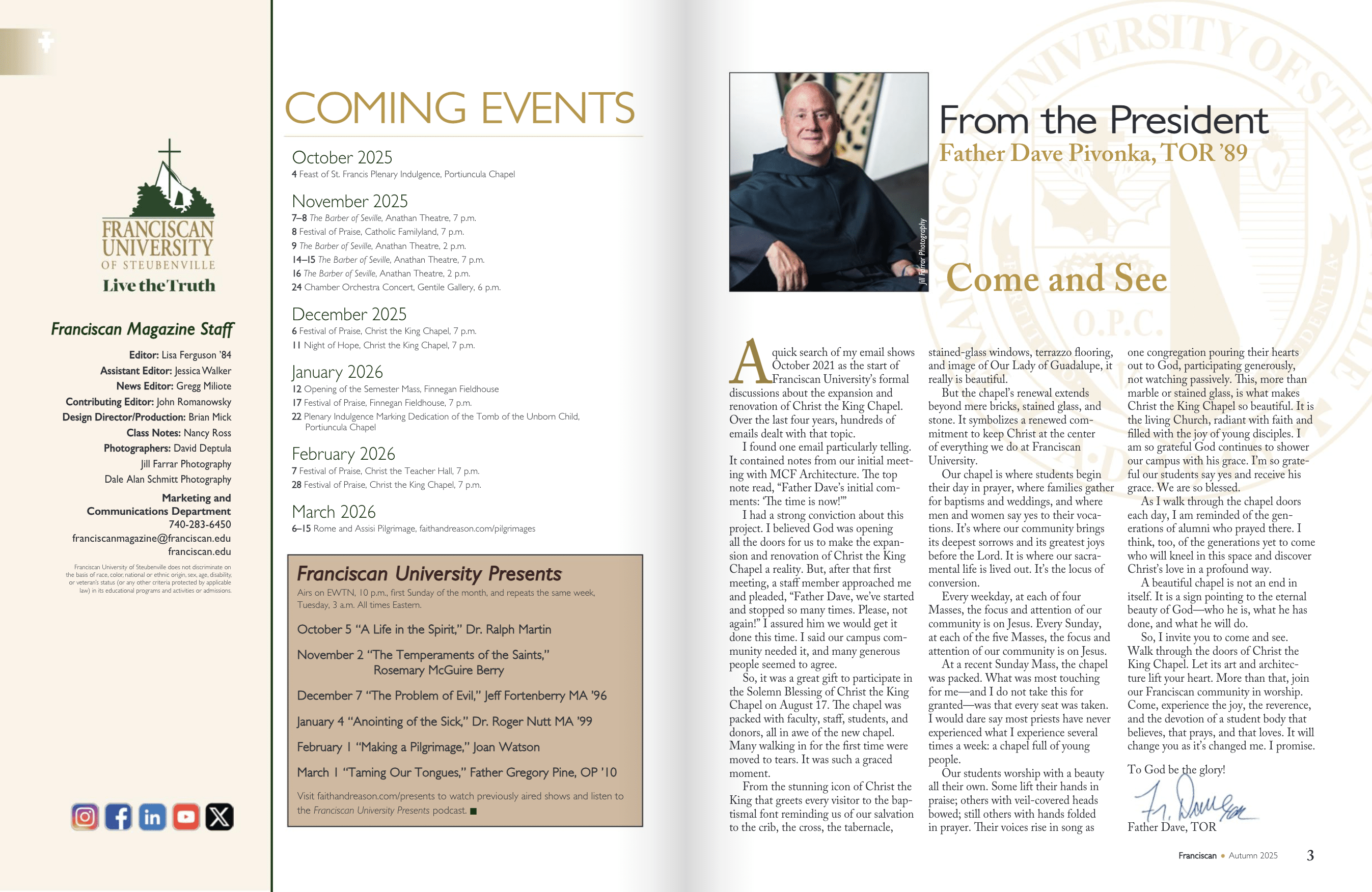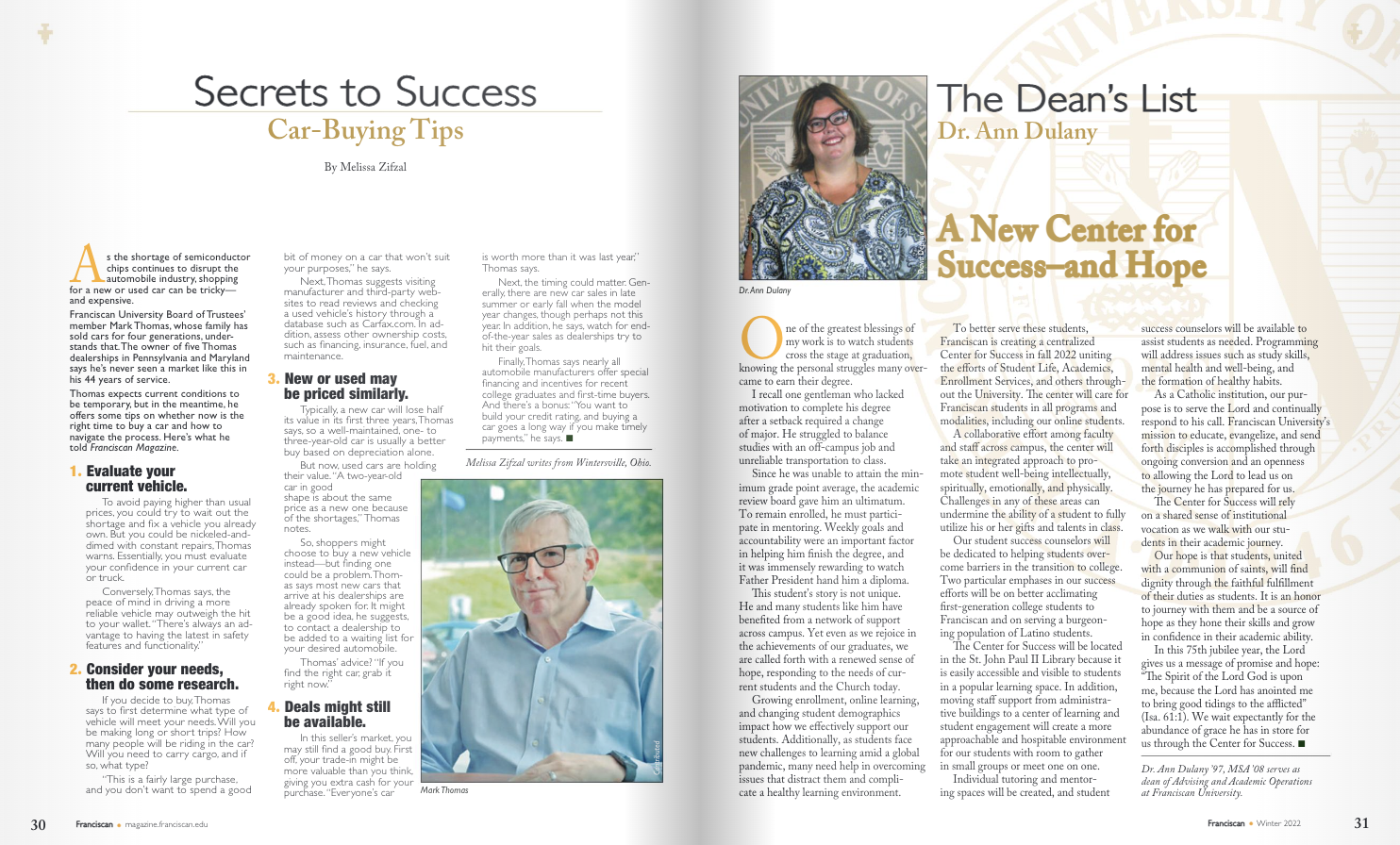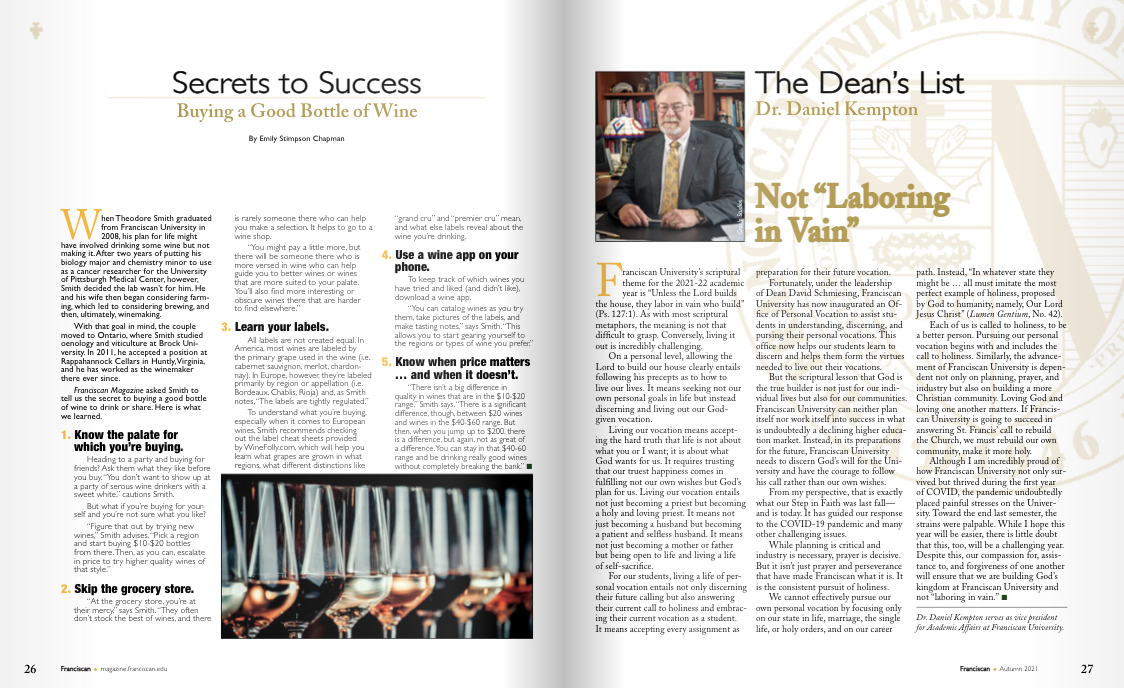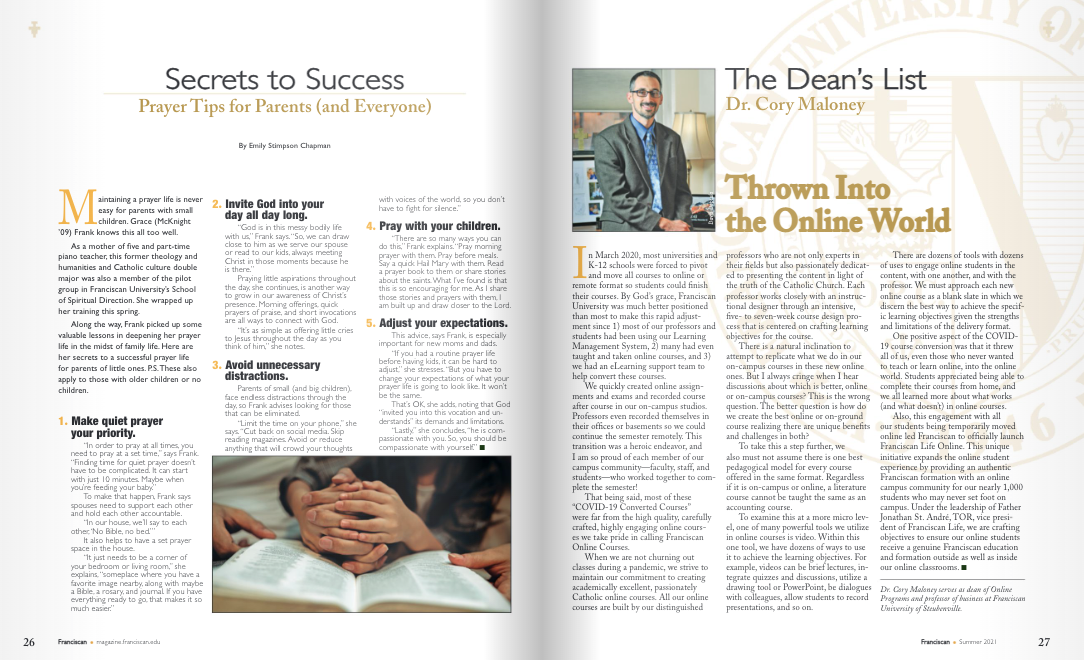My love for genealogy was sparked as a teen at my grandparents’ house. Reminiscences around the holiday meal table and stories of my grandmother’s childhood and courting days while I dried dishes gave me a sense of belonging to a family much bigger than the one I knew. As a child of divorced parents, it also gave me an uncomplicated on-road to connect with relatives on my father’s side who were more or less strangers to me.
It now gives me a great sense of joy to be among my family’s historians and keepers of the stories for future generations. I also love sleuthing out a good mystery (every family has them!). And I have a special love for using the information I’ve gleaned through generations of ancestors to help descendants of adoptees find their biological roots.
Every family will present unique research challenges. But here are a few tips for getting started.
1. Assess what you already know, and talk to your relatives.
Start with your own birth and work backward. Interview, if you can, your parents or grandparents, their siblings and cousins, and collect their family stories. Ask who may have kept a scrapbook or collected newspaper clippings.
2. Record the information you gather carefully.
Genealogy software options abound. I use Heredis because I like the database feel of it, but a simple fillable Family Group Sheet available free online can help you get started recording the information you find. Always make a note of your source! To start, you will want to record each person’s full name, and dates and places of birth, marriage, and death. Don’t worry if you find conflicting information, but be sure you note where each piece of information comes from in case you need to find it again.
3. Scour online resources.
A federal census is taken in the U.S. every 10 years, and after 70 years, they are available for public research. Currently, they are available from 1790 to 1950. These give a snapshot of your ancestor’s household, and can give clues about birthplaces, occupations, and relationships.
Depending on where your ancestors lived, there may be many other online resources. The website Cyndi’s List is a great starting point for finding free resources, organized by geographical area.
4. Contact or join a local genealogical society.
Genealogists are some of the most helpful people you can meet. If you happen to live in the same area your ancestors did, a local group can help you navigate finding useful documents such as probate records, wills, divorce and adoption decrees, and other records that may not be available online. They will know who has the local cemetery records that may contain more information than tombstones record.
They can help you figure out where to find the church records that mention your ancestors. And for those who don’t live local to their research area, Cyndi’s List can connect you to those willing to help you from a distance.
5. Take a DNA test.
Sometimes, you just don’t know who your near ancestors are. Genetic genealogy can be a great help in this case. And even when you are sure, DNA can reveal things you don’t suspect about your relatives or heritage. These can be potentially emotional discoveries close to home. You will likely find a huge number of more distant cousins you never knew about.
Ancestry has the largest U.S. testing pool and is the recommended starting place. There is a learning curve involved with understanding your results, but Facebook groups such as DNA Detectives are filled with generous genealogists willing to help.



